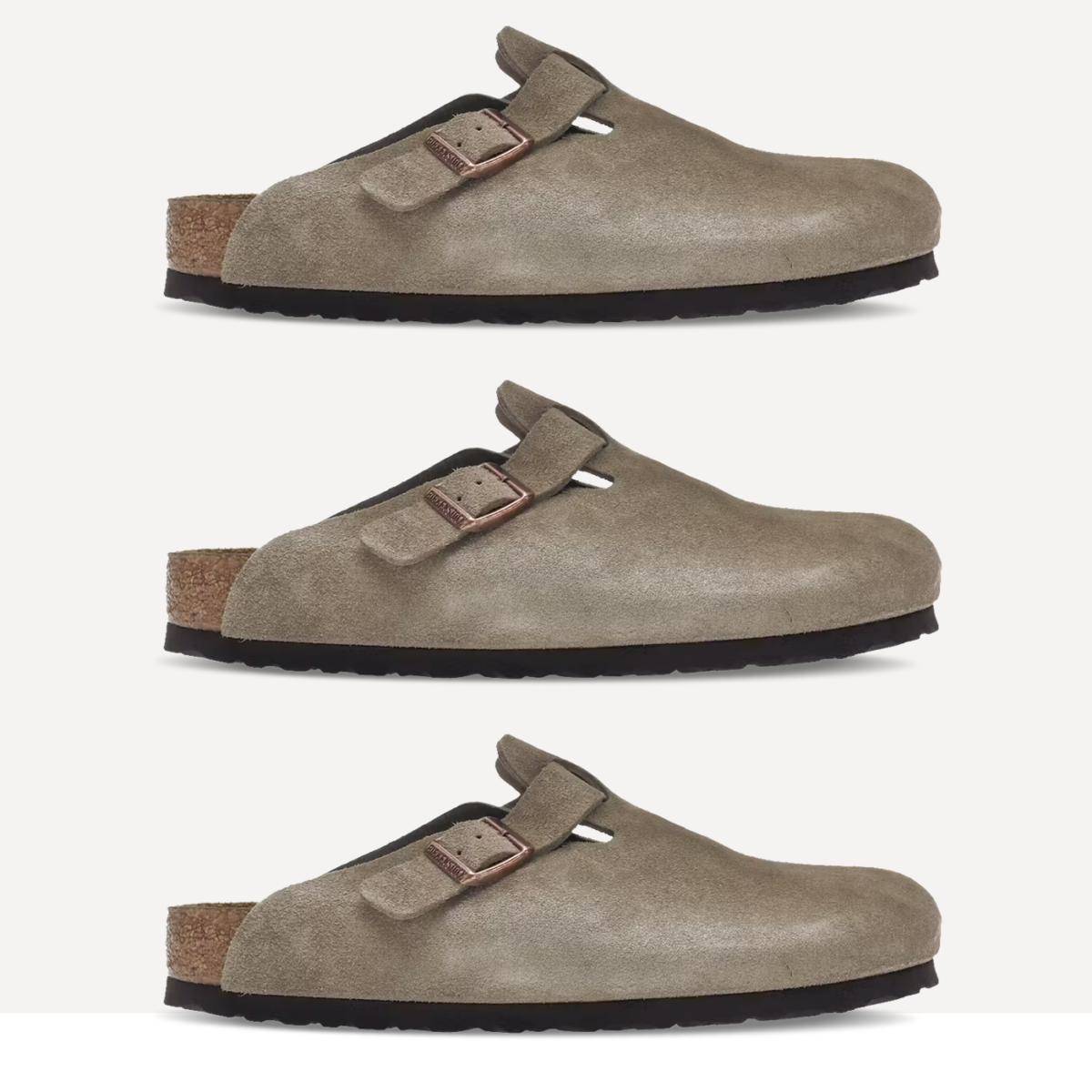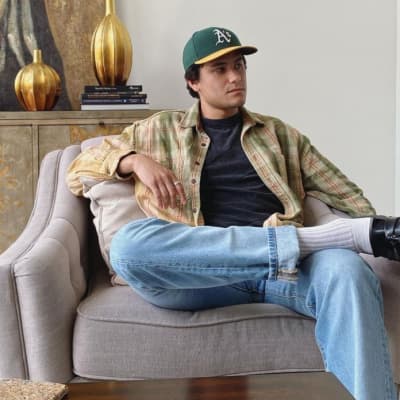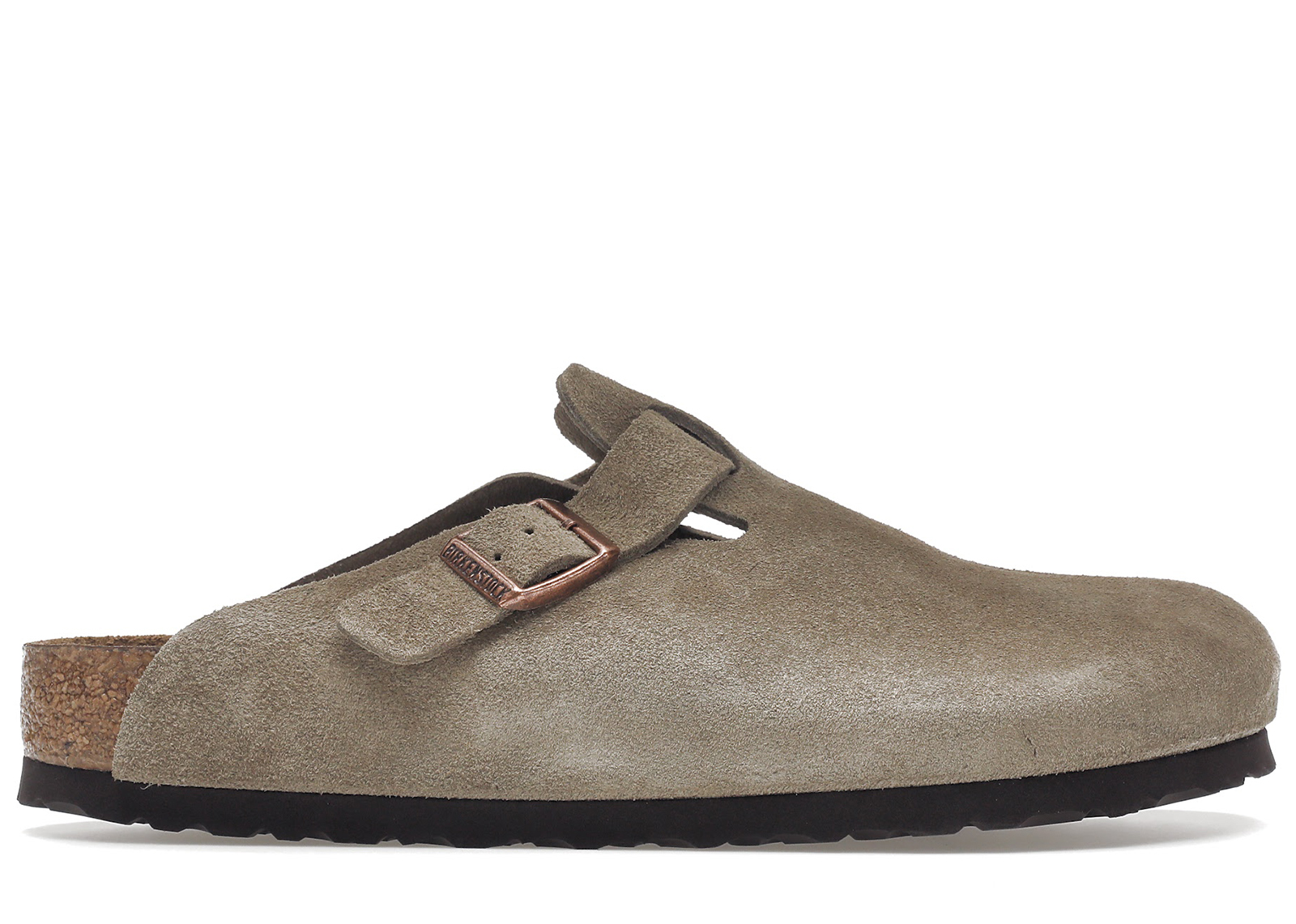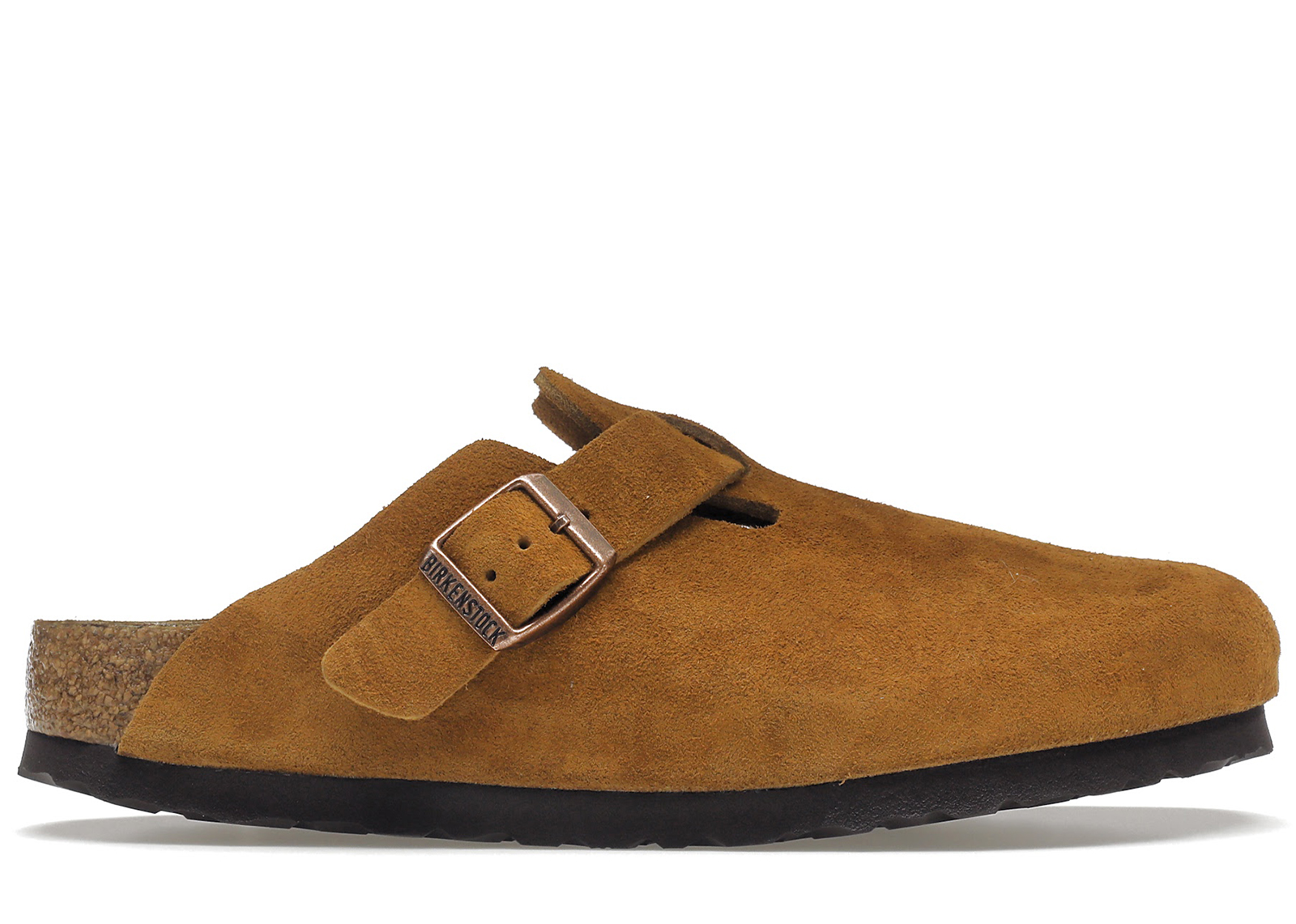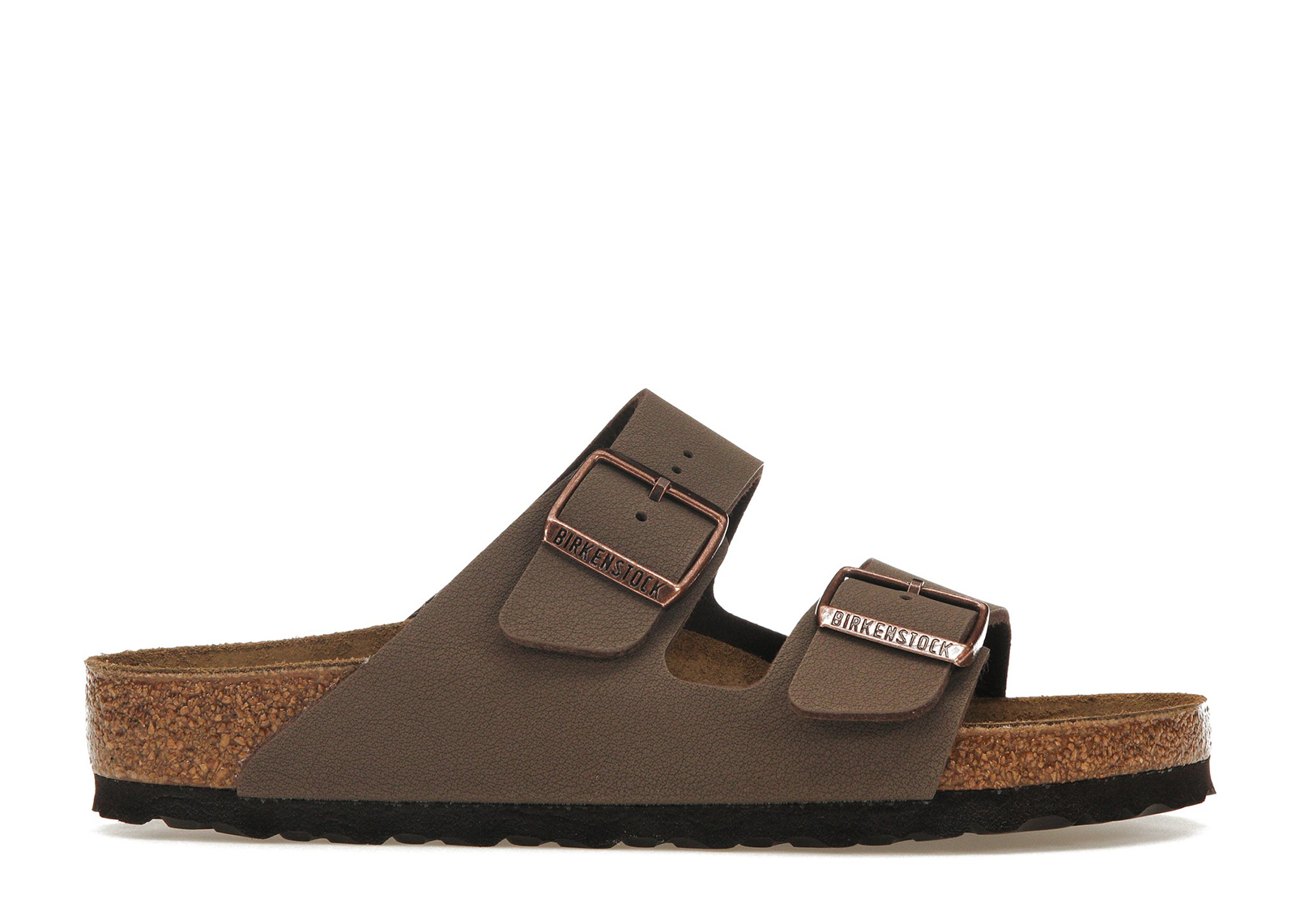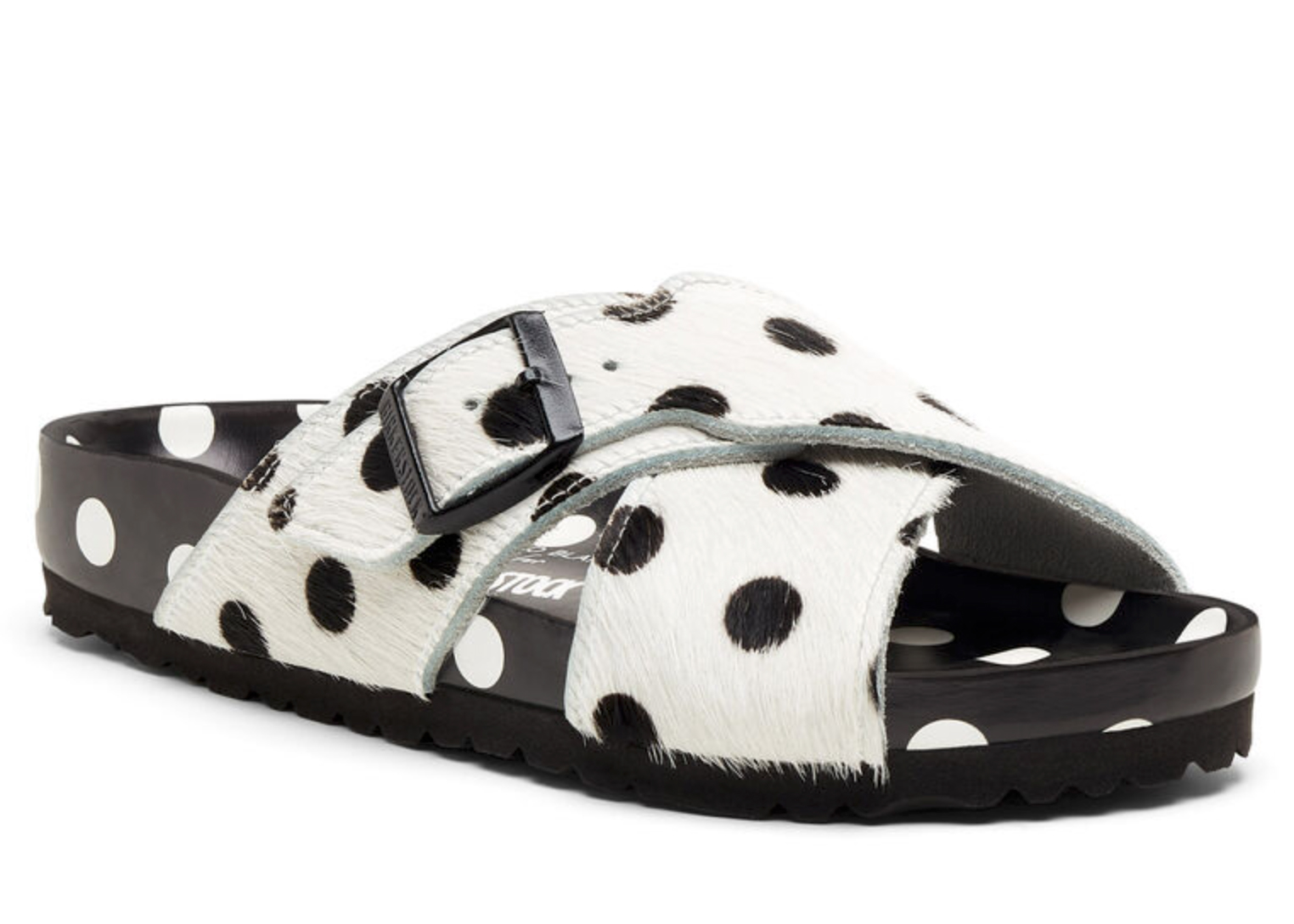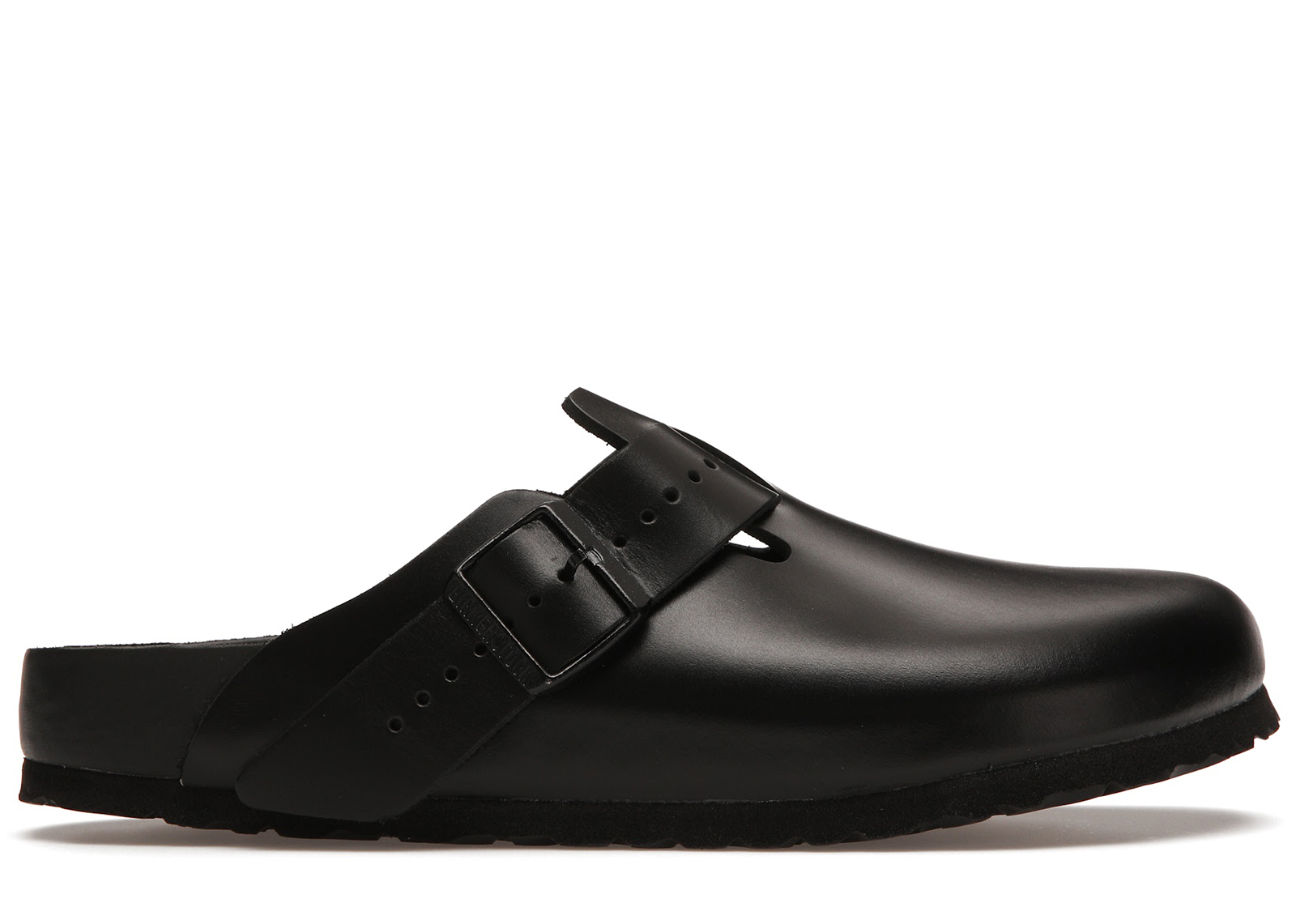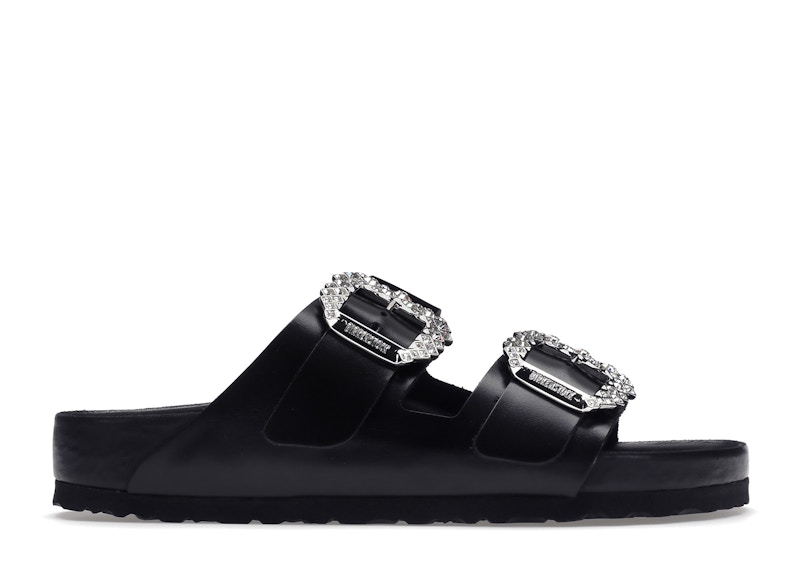The transformation of Birkenstock from a functional clog that promotes good foot health to a staple in street culture is nothing short of remarkable, but it’s a story we’re all too familiar with. Like Crocs, the history of Birkenstock started with a vision that exemplified the concept of function over form. What began as a goal to provide comfortable foot support in a small German village in 1774 has transformed over the past two centuries into what we know today: a classic, functional clog revered in the fashion ecosystem for style and comfortability.
The 250-Year Story of Birkenstock
The story of Birkenstock started in 1774 when Johann Adam Birkenstock began his cobbling trade in the small village of Langen-Bergheim, Germany. Johann’s original vision was to create footwear that supports and contours the foot, a vision at odds with the predominantly flat-footed designs of the day. Generations of the Birkenstock family continued the cobbling trade, and eventually, the family was publishing books and resources on the importance of proper foot support.
By 1964, Birkenstock was producing the original prototype for what would later become the iconic sandal silhouette. In 1966, according to the Birkenstock website, Karl Birkenstock, a descendant of Johann, introduced Birks to the United States, setting the foundation of what would become of the most successful footwear brands in history.
In 1973, the Arizona sandal was introduced, which is still one of the most popular silhouettes Birkenstock offers today. Finding a home with hippies, the rise of Birkenstock in the United States caught the attention of major retailers including Nordstrom in the 1980s. The turning point, however, was arguably in the 1990s, when Birkenstock’s image evolved from a sandal for hippies and people with orthopedic issues to the runway and high street.
A slew of models and celebrities wearing Birks in the 1990s kicked off the initial wave of interest in the sandals within youth culture, and that was only exacerbated in the 2010s when Céline incorporated a Birkenstock-inspired sandal during a runway show in Paris.
While there arguably was never a major turning point for the company in street and fashion culture, there were few events over 50 years that contributed to their popularity.
Seldom do we see brands that emphasize form over function infiltrate the luxury fashion ecosystem. New Balance, Crocs, and Birkenstock are contemporary examples of how comfortability is important to those involved in the fashion space, despite the preconceived notion that most enthusiasts prioritize style over comfort.
Of course, the pandemic played a major role in this paradigm shift, especially as lockdown restrictions changed our collective perspective on dress and comfortability. Still, a few key trends and collaborations over the years have kept Birks in the limelight, solidifying the brand as the perfect clog for your dad during the Sunday barbeque, and the streets of New York.
How Normcore, Collaborations & Trends Kept Birks Relevant
Birkenstock’s ascent to popularity in streetwear and high fashion can be attributed to several key factors that converged to create a perfect storm. The brand’s transformation from a utilitarian clog to a coveted fashion item can be traced back to the early 2000s when the fashion industry started embracing a more relaxed and inclusive aesthetic.
The growing fashion movement titled normcore, a style characterized by embracing simplicity, practicality, and comfort over trends and excessive branding helped propel Birkenstock to new heights around the 2010s. Birks’ minimalist design and emphasis on comfort made the clogs a natural fit for the emerging trend. Similar to other brands in the normcore aesthetic, Birks became a symbol of anti-fashion — rejecting conventional notions of what should be trend, and elevating the appeal of comfort and authenticity.
By the late 2010s leading into the COVID-19 pandemic, streetwear trends began embracing vintage. Oversized band tees, vintage Levi’s 501s, a beige tote bag, and Birkenstock’s were the perfect ingredients for this new emerging style. No longer confined to the label of a “dad shoe,” Birkenstocks have transcended their former reputation. The clogs fit perfectly with the revitalization of straight-leg denim, casual trousers, and collegiate crewnecks that dominated our Instagram feeds in 2020. Collaborations with streetwear brands Stüssy and Kith only added to the allure of Birks in street culture. In contemporary fashion, the Boston silhouette firmly established itself as an essential sandal/clog that can fit in any individual’s wardrobe.
Collaborations added unique colors and materials to the classic silhouettes, meaning there is a Birkenstock clog that can fit in any sneaker rotation.
If normcore wasn’t your cup of tea, collaborations with luxury fashion houses kept Birkenstock relevant on the runway. When Birkenstock announced its first collaboration with avant-garde fashion designer Rick Owens in 2018, it ironically seemed like a natural fit.
Owens, revered for his dark romanticism and unorthodox design principles, breathed new life into the humble silhouettes of Birks. The resulting creations are an ode to contradiction, where the rugged and the refined coalesced in harmony. The marriage of Owens’ idiosyncratic design language and Birkenstock’s time-honored comfort yielded comfortable, yet fashion-forward designs, two ideas often at odds in avant-garde fashion.
Meanwhile, the embrace between Birks and the venerable house of Dior brought a sense of elegance and sophistication to the high street. The collaboration was first seen in January, promoting Dior’s Fall/Winter 2022 collection. The result was an exquisite fusion of craftsmanship and luxury.
“Like the rest of Dior FW22, the Birkenstock collab infuses conventional menswear with a sense of itinerant hardiness, transforming the Tokio mule and Milano sandal into luxury objects by way of plush felted wool and calfskin leather, Matthew M. Williams’ signature buckles, and a bespoke Dior/Birkenstock outsole,” wrote Jake Silbert for Highsbobiety.
Like other odd collaborations we’ve seen in the past, the results are surprising and refreshing for those involved in fashion. In a lot of ways, these collaborations serve as a love letter to fashion, where boundaries blur between functional clothing, streetwear, and luxury fashion. Birkenstock’s entrancing partnership with esteemed brands from across the ecosystem illustrates the profound influence of artistic synergy, where the unassuming becomes a culture highlight, transforming an everyday orthopedic clog into a canvas for self-expression.
The journey of Birkenstock wasn’t a meteoric rise — it was a methodical journey 250 years in the making, with humble beginnings in a small German village. Since day one, Birkenstock was about promoting health. The now-iconic contoured footbed made with organic cork and latex, support arches and promote alignment. Without this emphasis on comfort, the clogs arguably would never have taken off in the fashion ecosystem.
The brand has not only conquered the hearts of fashion devotees throughout the last 50 years but also redefines the parameters of what we consider luxurious and coveted. Contrary to what you may hear on the high street, comfort is a priority for most people when shopping. Why not kill two birds with one stone? If Birkenstock has proven anything over the past decade, it’s that commitment to comfort can find a home in fashion, with compromising personal style.


